Sponsored by Princecraft
Walleye season is one of the most anticipated times of the year for Canadians and it is never too early to start preparing.
For most, these preparations revolve more around boat cleaning and gear maintenance but, for the lucky few, spring is the season of new boats!
So for those who fall into this category this year, we wanted to give a full breakdown of all the things we look for in a good walleye boat.
Size
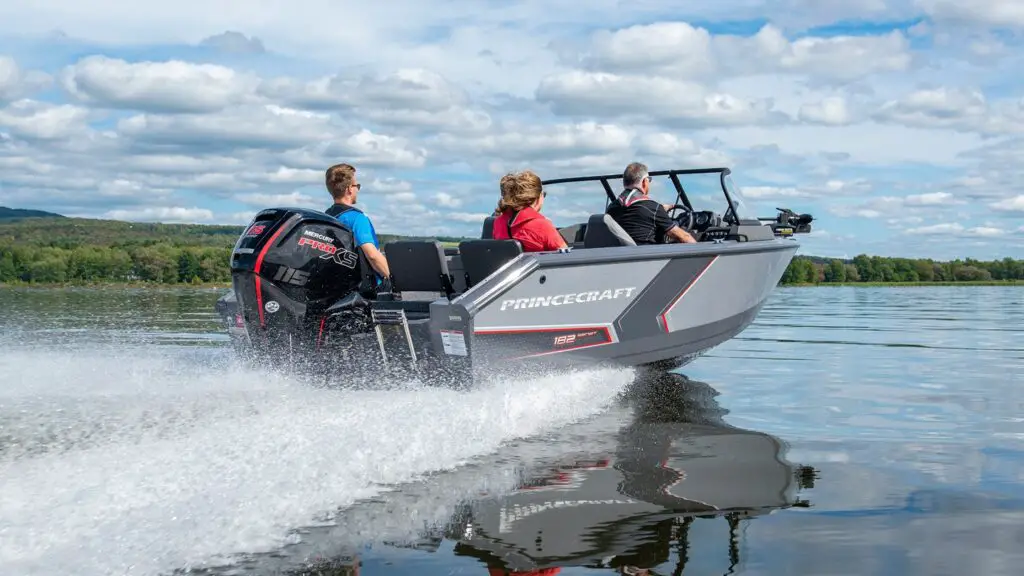
The perfect size for a walleye boat largely depends on how and where you are planning on fishing.
For example, if you’re located along the Great Lakes, Lake of the Woods, Lake Winnipeg, or the many other big water walleye fisheries in Canada, a 14-foot Jon boat simply won’t cut it. In these situations, we prefer at least a 17 to 20-foot boat. This allows us to confidently fish big water without having to be overly concerned about wind and waves ending our day of fishing.
On the other side of the coin, back lake walleye anglers may be hindered by boats this large, as narrow access roads and shallow boat launches simply don’t allow for these large crafts. In these situations, that 14 – 16 foot boat is perfectly suitable and will allow you to access water that other anglers simply can’t get to.
Shape
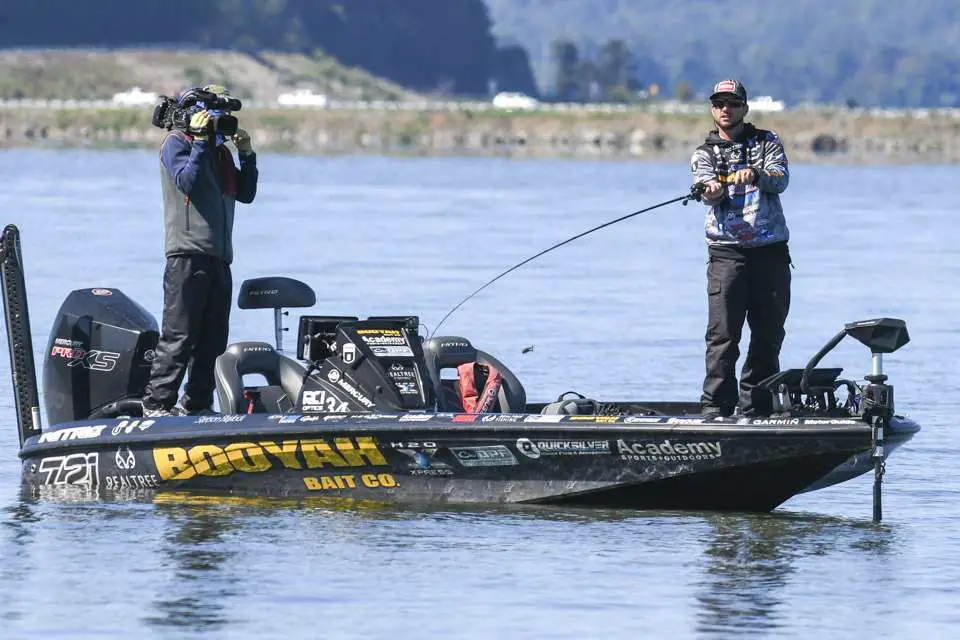

One look at boats used by professional bass and walleye anglers tells you just about everything you need to know about boat shape – walleye anglers like deeper boats. Specifically, the shape in the fishing world known as the Deep Vee.

Boat hull shapes courtesy of BoatSafe.com
The reason for this comes down simply to the location of the fish. While bass anglers may have the luxury of tucking into shallow, windless bays, walleye anglers are forced to embrace the elements and chase their quarry into deeper, rougher water.
Furthermore, it is no accident that windy, rainy days are so often referred to as “walleye weather”.
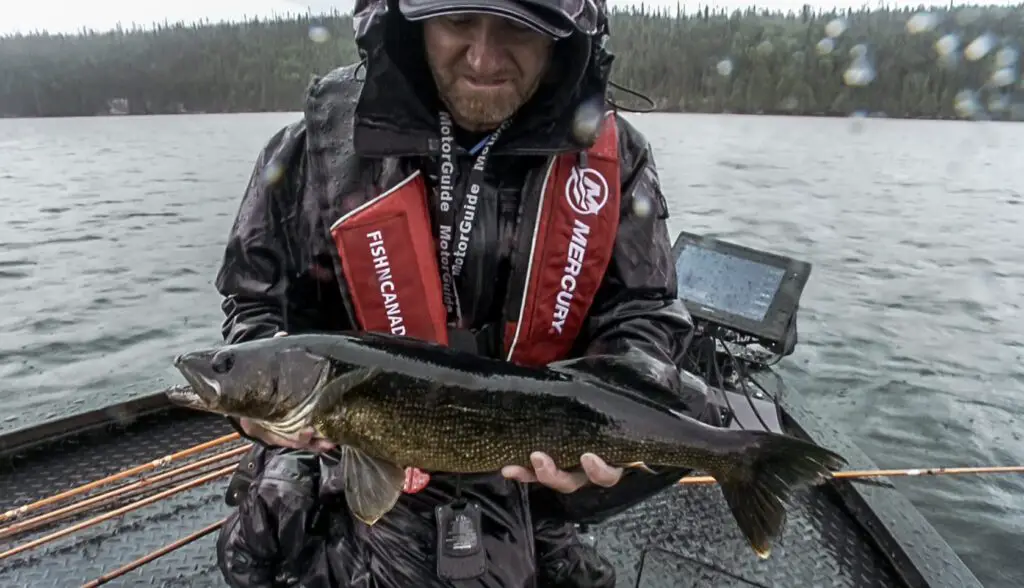
As we discussed in our look at downrigging boats, Deep Vee boats are designed for comfort in big water, cutting through waves and providing a smooth and stable ride in even the roughest of conditions.
This ability is essential when in big water as rough conditions can not only lead to some motion sickness but can also damage gear when rocking becomes too severe. This is only exasperated when trolling, as rocking boats can send downrigger balls into the lake bottom and Planer Boards to accidentally release or tangle, leading to spooked fish, broken downrigger cables, and free-floating Planer Boards.
Vee-shaped boats also provide another less frequently discussed advantage, in that they tend to cruise slightly slower than other boat shapes. Though this may keep fast-paced bass tournament anglers away from these models, the slower cruising speeds are perfect for slower-moving walleye who tend to prefer drifted or slowly trolled baits.
Windshield or no windshield?

Another noticeable difference you will see when looking at walleye and bass boats is the windshield.
For bass anglers, many view windshields as a nuisance, slowing down movement from the front deck to back and getting in the way of backcasts. For walleye anglers, however, many view them as essential.
For starters, as we mentioned earlier, wind and rain are familiar territories for walleye anglers and long boat rides in these conditions are far from enjoyable without a windshield between you and the elements.
Secondly, early mornings and late evenings can be cold even on the clearest of days and those early spring and late fall trips out on the lake will have you glad you opted for the full windshield model.
Storage
Rods
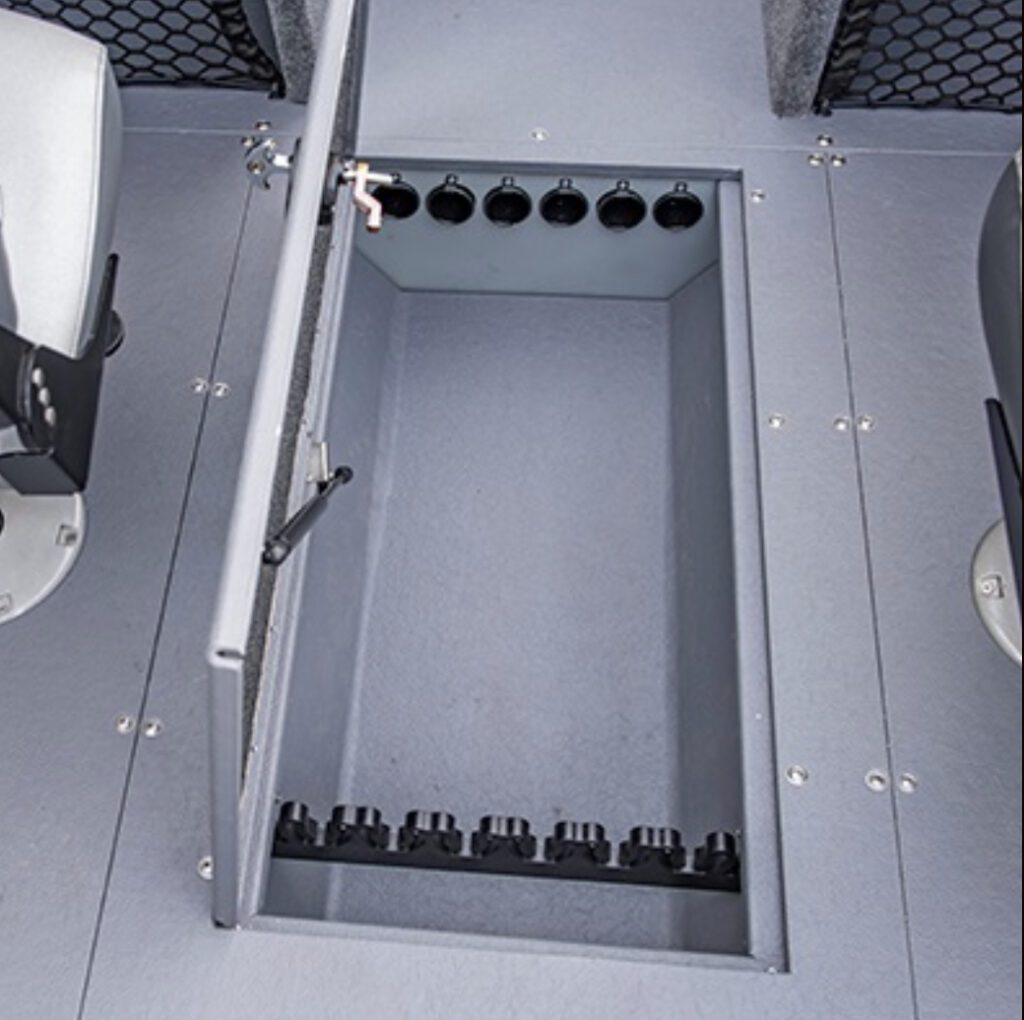
Rod storage is one of the first things we consider when selecting a new boat. This is especially true when looking for a boat designed for walleye fishing, as these finicky fish call for a wide variety of presentations and, in turn, a lot of rods on board the boat.
Thankfully, most Princecraft boats are built with this in mind and rod storage comes standard on many models. In the Sport 172, for example, six rods can be stored in the floor alone, and smaller rods can also be kept in the side storage compartment as well as in the variety of rod holders available as an add-on.
Gear

Similar to why we like lots of rod storage, having room to store all your tackle, clothes, and other gear is essential to keeping your boat clutter-free and allowing you to focus on catching fish, not tripping over tackle bags and coolers.
As you can see in the floorplan below, many Princecraft boats are equipped with storage for just about everything you would have aboard, including your anchor, tackle, phone and keys, cooler, raingear, and much more.

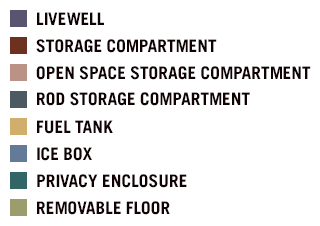
Extras
Trolling Essentials
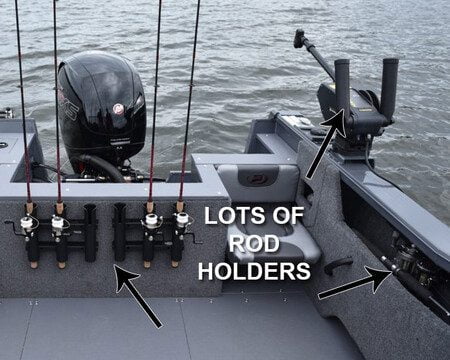
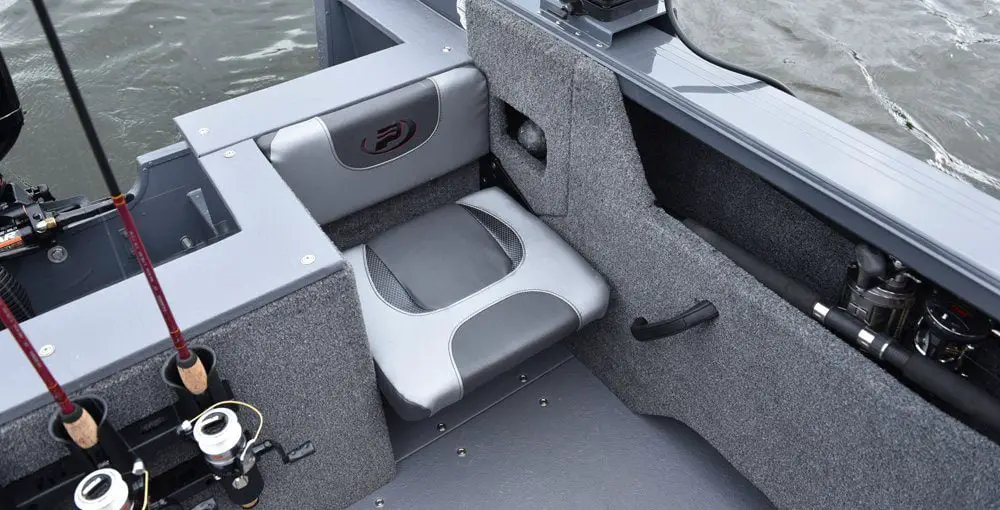
Trolling is a major part of walleye fishing for many people and, if it is your preference, should always be considered before buying a boat.
As we have mentioned in a previous article, those who like to troll should not only opt for bigger boats, but also those with storage specific to their style of fishing. As seen above, models such as the Princecraft Kapture 187 offer storage specifically designed for downrigging balls and come equipped with large side storage compartments that are great for Planer Boards, extra LeadCore spools, or spare trolling rods.
As seen on the top left, opting for extra features such as rear rod holders is also great for those who like to troll, putting the rods exactly where you need them when the fish start biting.
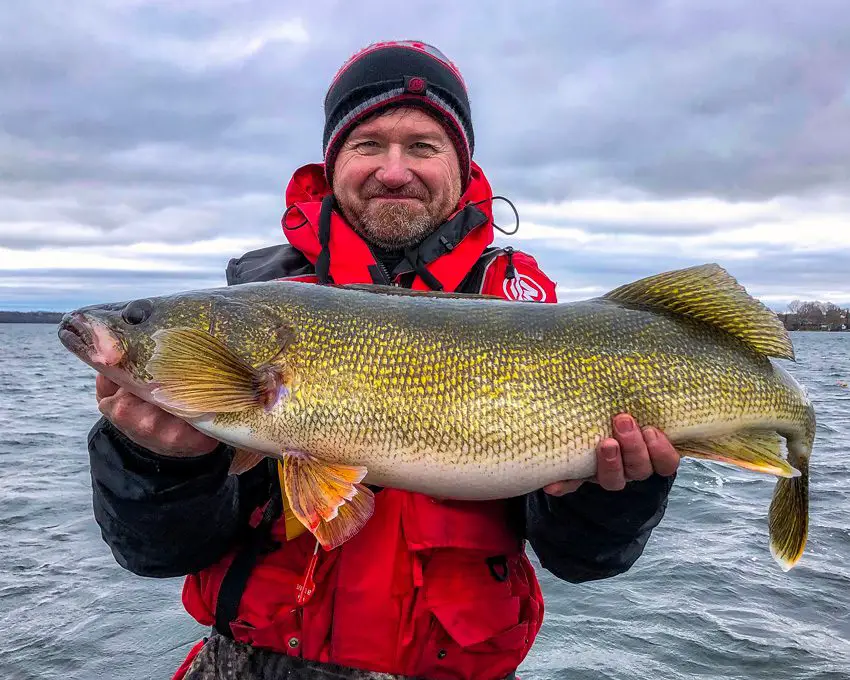
Conclusion
Ultimately, the perfect walleye boat is subjective and ultimately comes down to where and how the angler likes to fish.
However, in order to maximize your fun on the water and make the most out of your big purchase, these preferences, and the features they demand, should always be considered before buying a boat rather than wishing you had them when it is already too late.



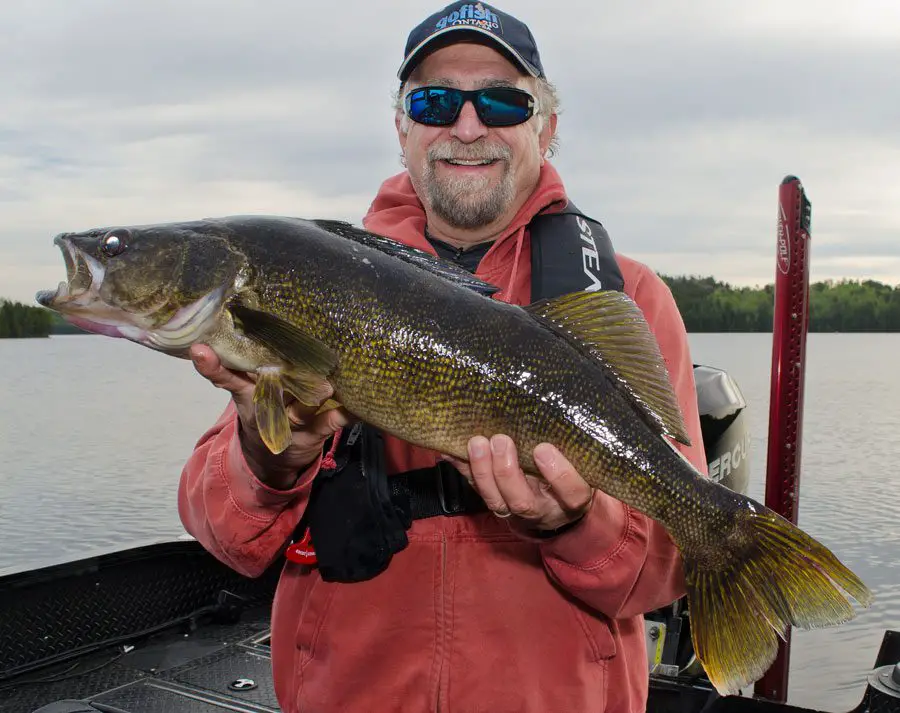


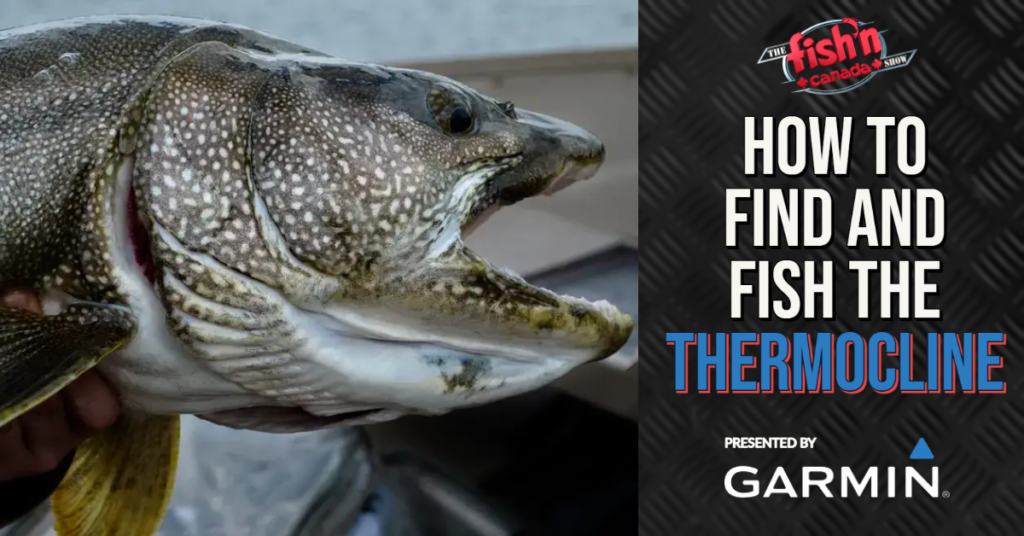


One Response
Great article. The conclusion ties it all up in one neat little package. It is as stated, “Subjective and ultimately comes down to where and how the angler likes to fish.”
Whether you purchase a Walleye boat, Bass boat or other recreational vessel, the features they have to offer should be a priority. It is all a matter of personal nomenclature preferences.